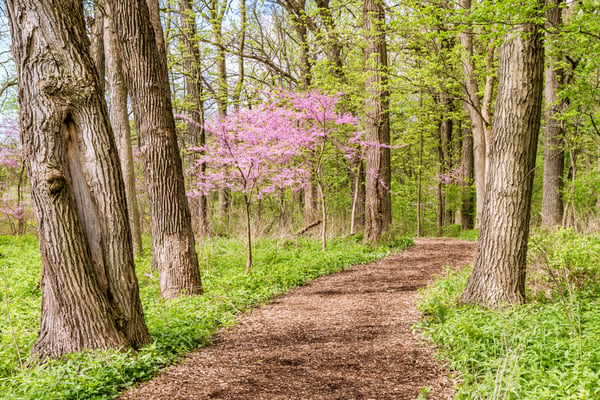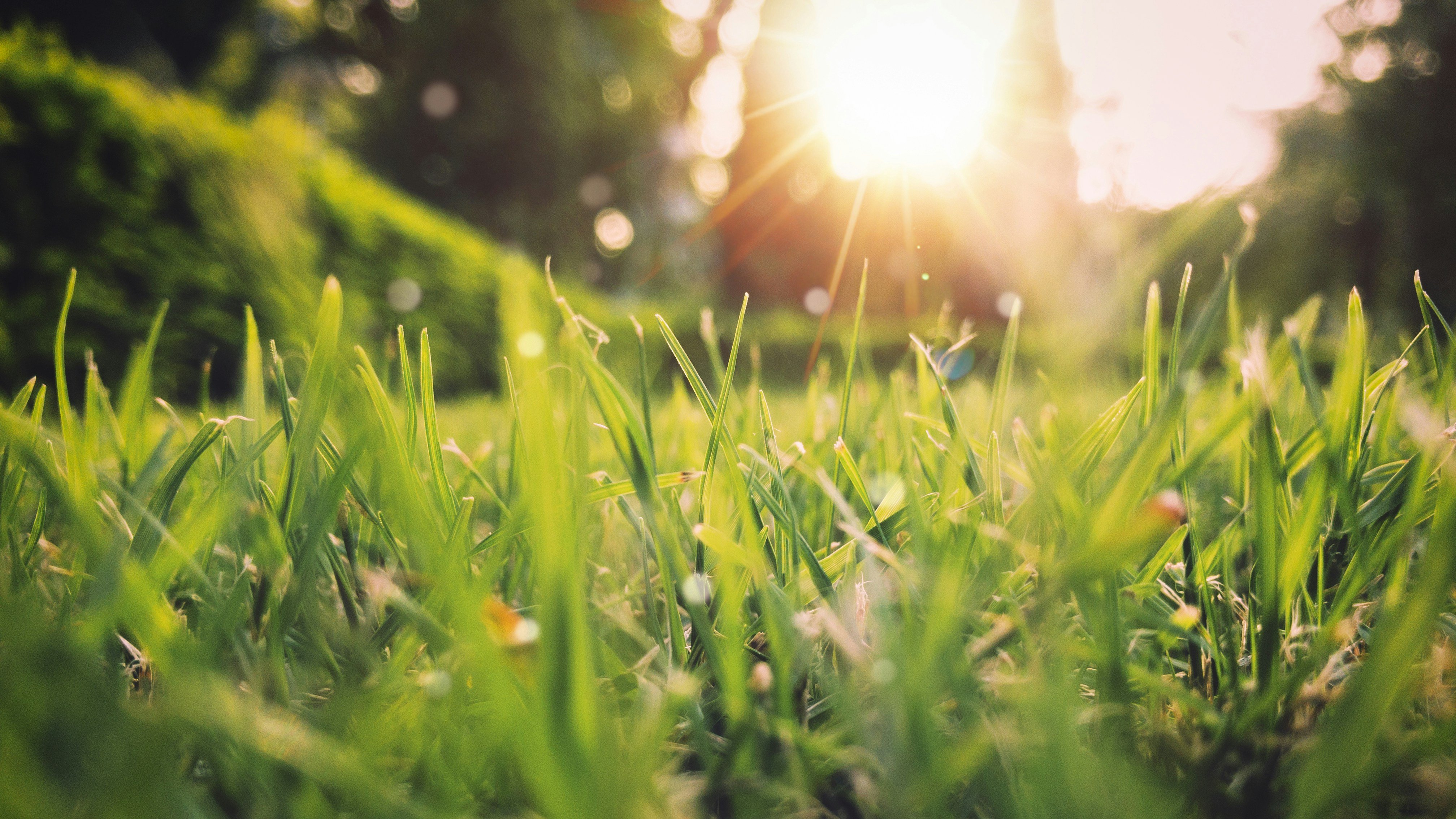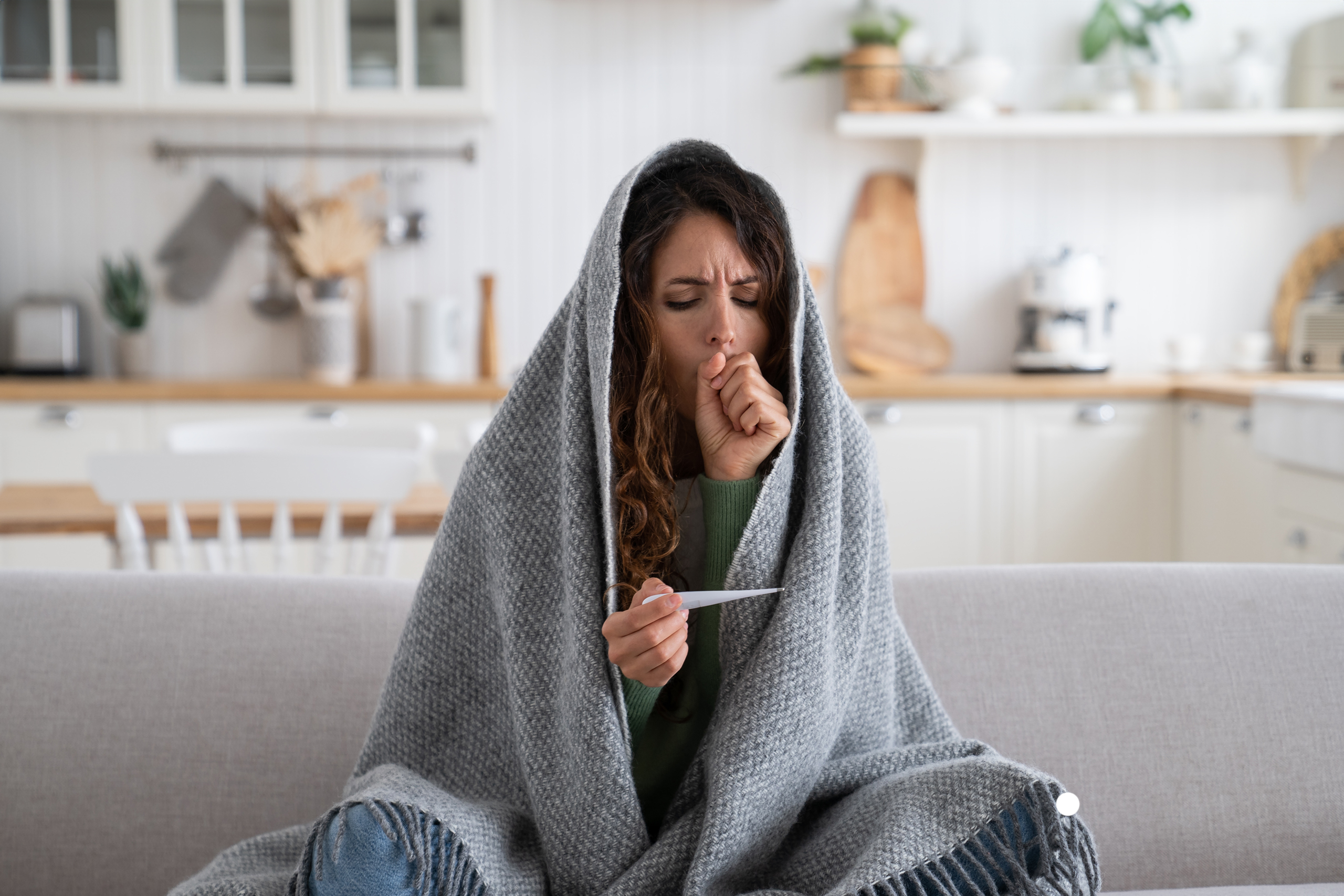Seasonal Allergies: Relief for a Sneezy Spring
Look out your window! It is finally Spring, and daylight and warmth have changed the brown landscape to shades of green. Go outside and take a deep breath! The fragrance of new growth, from the fresh scent of grass to the perfume of lilacs is intoxicating. Its beauty is a source of renewal—but for the almost 30 percent of adults who suffer with seasonal allergies, it’s an attack of itchy, watery eyes, runny nose, sneezing, sinus headaches, asthma attacks, loss of sense of taste and smell, and more. If you suffer from seasonal allergies, it really puts a damper on the glory of Spring.
It's the pollen of growing plants being released into the air. When you breathe in pollen, your body starts a cascade of inflammatory events from the histamines being released from mast cells, a type of white blood cell. For those who are susceptible, it can cause an overresponsive airway, produce excess mucous that can block airways and clog your nose, make your eyes itch and water, and make you cough, wheeze, and sneeze. Seasonal allergies can make you miserable.
If you do suffer with seasonal allergies, talk with your primary care provider. Ignoring allergy symptoms can lead to complications like sinusitis, ear infections, sleep disturbances, chronic fatigue, headache, and sore throat. There are many over-the-counter ways to relieve the symptoms with oral antihistamines, corticosteroid nasal or inhaled sprays, and eye drops. If you have any chronic health conditions like high blood pressure or diabetes, don’t start any of these medications without talking to your provider first. There are also ways to treat severe allergies with a referral to an allergy specialist.
Do you know how to tell the difference between allergies and a cold? It’s all about length and timing of symptoms. Colds are most often caused by a rhinovirus, and usually last seven to 10 days. If symptoms continue beyond 10 days and keep coming back, it may be an allergy. If your symptoms keep coming back at the same time every year, it may be an allergy. Despite their similar symptoms to a cold, asthma and bronchitis are different. Your provider knows how to tell them apart from a cold or allergy.
Did you know tree pollen is typically the culprit in spring allergies? Their pollen becomes airborne starting in February into mid-June, depending on where you live and the type of trees in your yard. Climate change is also affecting which pollens occur at specific times of the year. Rising temperatures lengthen the period trees release their pollen. Some of the early spring pollinators in our area include Birch, Ash, Juniper, Sycamore, Oak, Pine, Poplar, Hickory, and Maple. In late Spring, grass starts to pollinate, then it’s the weeds—mostly ragweed— in the fall. If you have seasonal allergies, you are surrounded.
Try these simple steps if your allergy symptoms are already making you suffer:
- Limit your exposure to pollen by staying indoors on days when the pollen count is high. Check pollen counts where you live. In La Crosse you can find pollen counts here.
- Keep windows closed during the morning hours when pollen counts are highest.
- Put your car’s air conditioning and ventilation system in “recirculate” when you are driving to help limit the amount of pollen in your car.
If you are a Viaro Direct Primary Care member, seeing your nurse practitioner or physician assistant never costs you more than your monthly membership. There’s never a need to worry about or suffer with any health condition, including seasonal allergies!
Teresa Pulvermacher
President, ViaroHealth
For questions or comments, contact wellness@viarohealth.com



